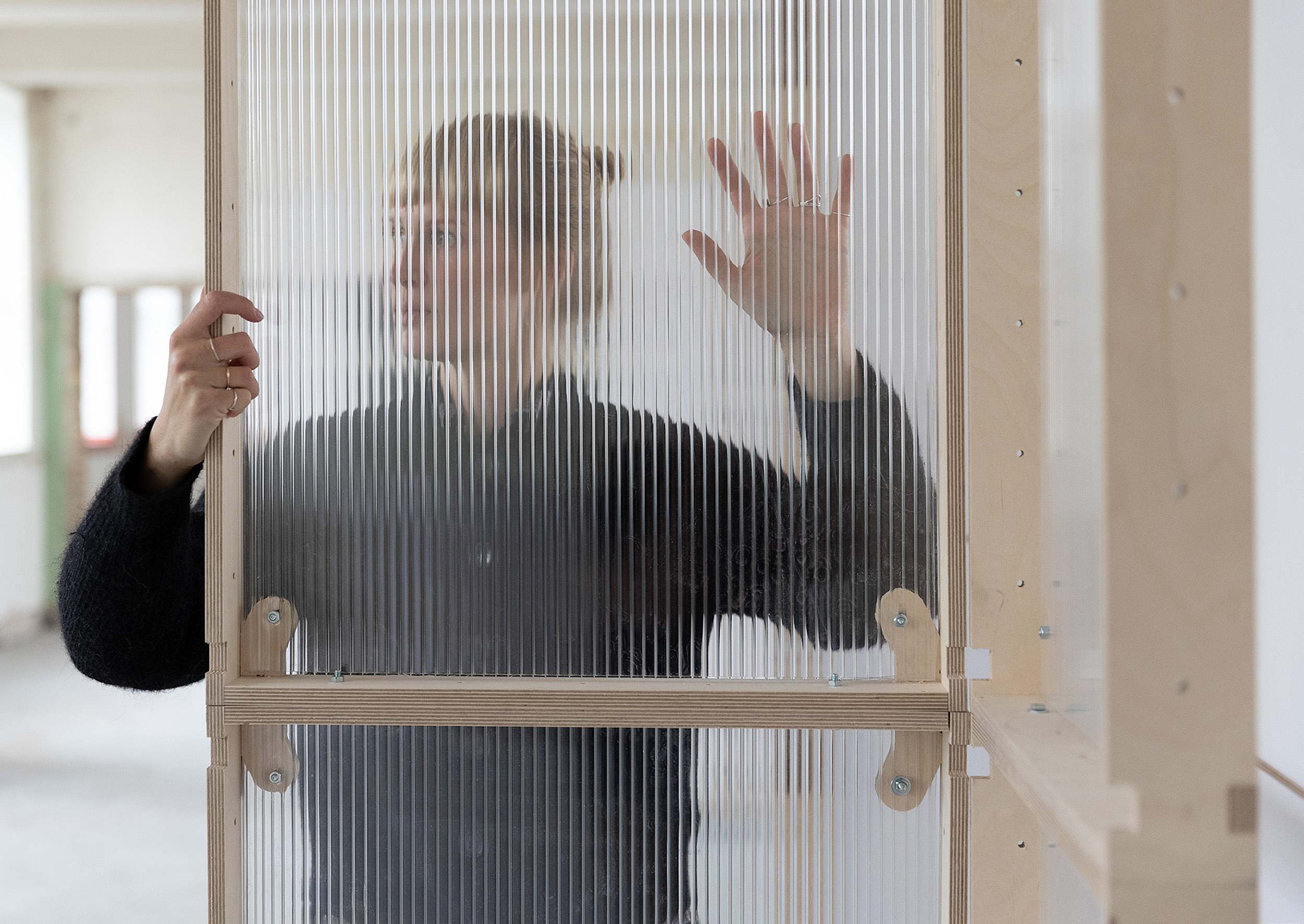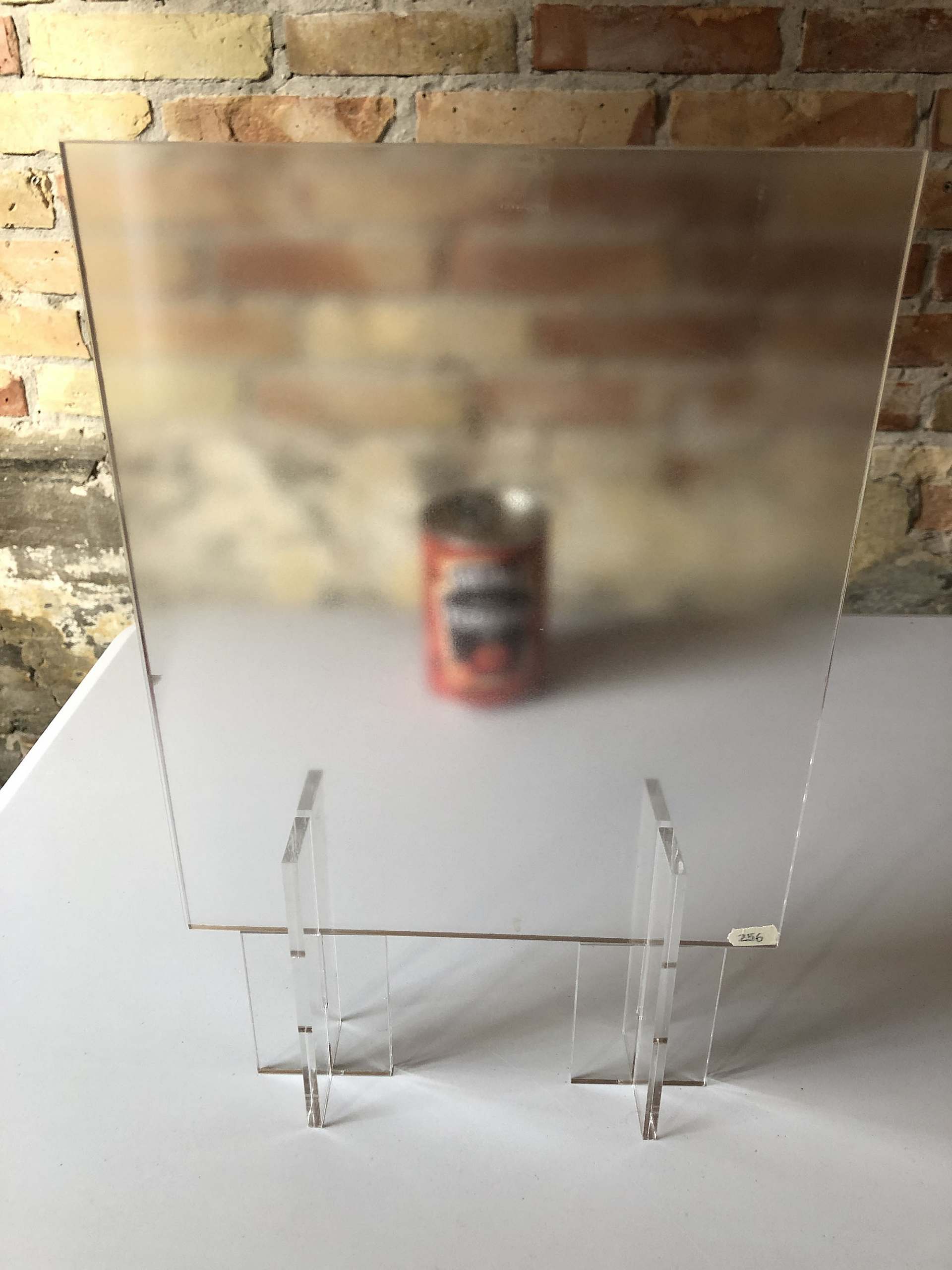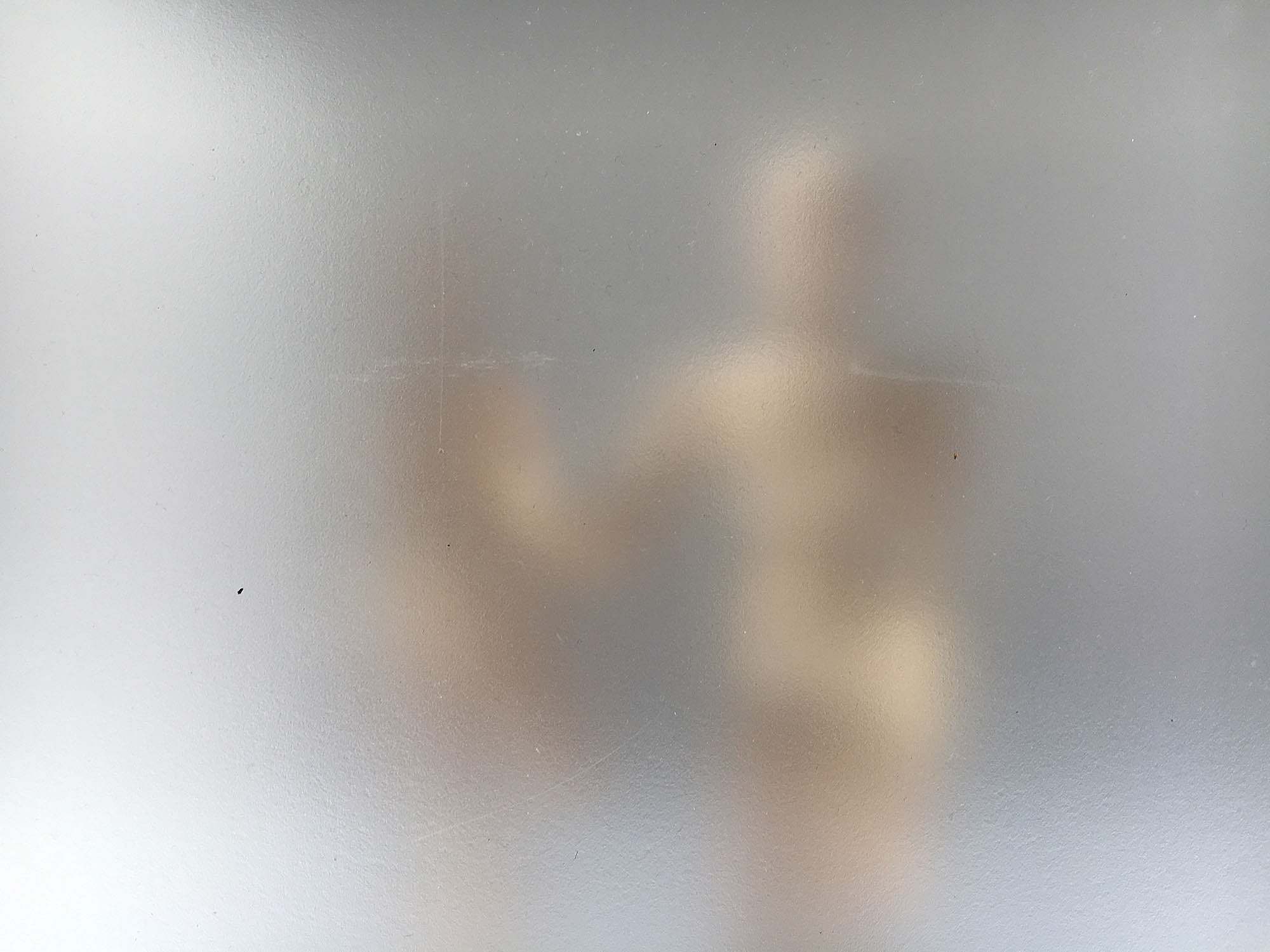Adaptive light in transparent rooms
This research project is about expanding the range of possibilities in light intake, so that we can continue to design indoor environments with plenty of daylight in the dense cities of the future.


Transparent materials in the interior architecture of the future
The project explores what building with translucent materials can mean for the ordinary home. Both by looking at translucent and transparent properties in existing buildings around the world and through its own investigations.
In the future, we will have to live close to cities. This is the most sustainable way to live if we are not spread out over too large an area. Even if we live even more densely than today, we still need to provide a high quality of light inside buildings. Fortunately, we no longer have to limit ourselves to letting light in through windows. By using materials that are both strong and translucent, light can be let in in new ways. This will have a big impact on how we build residential architecture in the future, because these properties will allow us to make much better use of daylight.
The project is supported by Innovation Fund and Realdania and is affiliated with the Royal Academy of Fine Arts' Schools of Architecture, Design and Conservation, Department of Architecture and Design.

How to ensure good lighting conditions in urban buildings
Some materials allow silhouettes to penetrate, others reflect light, and still others distribute it evenly on the wall, or produce patterns and colours. In some places the line between inside and outside is blurred, in others you can faintly sense activity on the other side. These experiential phenomena will have implications for a range of social and functional aspects of residential architecture use, design and ongoing adaptation. All of these are opportunities that can be exploited when architects are designing buildings with translucent materials.